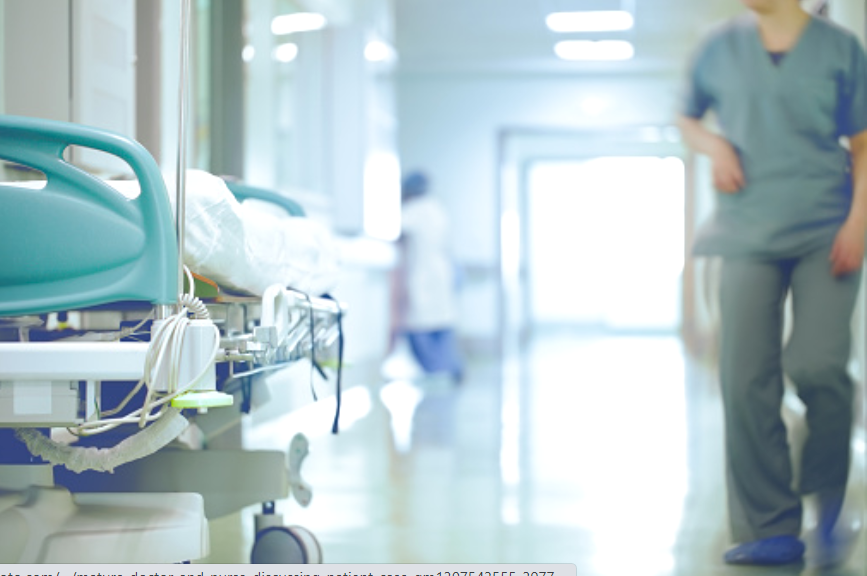
Environmental hygiene guidelines for Australian hospitals are rigorous, intended to help prevent infection and control the spread of microorganisms throughout the hospital environment. Strict cleaning protocols must be followed with an eye both to complete hygiene and sanitising protocols for minimising use of antimicrobial cleaning solutions that can increase the strength of multi-resistant organisms, which are the main source of secondary infection in hospital settings. Staff must make hand hygiene and personal cleanliness a top priority to ensure proper cleaning and disinfection for the rest of the facility.
To ensure the safety of each patient — as well as care workers and staff members — here are some hospital environmental services best practices for cleaning and disinfecting contaminated surfaces in an effort to support infection prevention.
Hospital environmental cleaning recommendations
In Australian healthcare environments, cleaning protocols are carefully enforced. All cleaning teams, whether in-house or third-party, must be scrupulously trained in proper cleaning protocols for taking care of care settings and patient care equipment. Healthcare staff in high-risk areas must comply with best practices for personal protective equipment (PPE) use, as well as hand hygiene with hand-washing and glove-changing to ensure the protection of vulnerable patients at all times.
By combining these practices with a thorough and comprehensive cleaning schedule, environmental hygiene can be supported, patient safety can be kept at top of mind and infection control can be prioritised.
From floor to ceiling: Hospital environmental services best practices and routine cleaning solutions
To maximise the effectiveness of cleaning protocols and reduce the risks of contamination or contagion, the following rules should be adhered to whenever possible.
Below are specified cleaning and disinfection recommendations for highly frequented spaces and objects:
Floors
Rubbermaid carries an entire complement of mopping equipment suitable for use in hospital settings. Flexible mop handles allow for use in both large open areas and in rooms with extreme space constraints. Washable microfibre mops can be laundered hundreds of times between uses and switched out easily to avoid cross-contamination or dirtying the charging station.
They are compatible with many common hospital cleaning solutions and can be a highly cost-effective option in hospital settings with in-house laundry services. For spills, food or vomit stains, and other high-risk contaminants, Rubbermaid HYGEN disposable microfibre mops can be substituted, allowing contamination to be swiftly and effectively disposed of.
High-touch objects
Various Rubbermaid hospital cleaning solutions can be employed to clean all types of objects in a healthcare setting. For high-touch areas and after patient discharge, HYGEN disposable microfibre cloths can get rid of most microbes and help sanitise a room. Use them on stains, spills, doorknobs, light switches, bed rails and elsewhere for extra protection in ICUs or for high-touch items used by or near vulnerable patients.
Computers, keyboards and other commonly used items can be covered with protective cases that allow for quick cleaning and sanitising without risking electrical components.
Walls and ceilings
Walls can be cleaned before floors in hallways, rooms, and other areas. A large, maneuverable cleaning cart with room for multiple mops, dusters, and other cleaning equipment as well as a charging station and various cleaning solutions allows an entire area to be cleaned from top to bottom once entered.
Long handles can reach high ceilings, and walls can be scrubbed from the top down if needed. Notices on walls should be kept in protective glass or plastic that can also be cleaned, and there should be no loose paper pinned to walls or taped to doors.
Low-touch objects
Washable cloths, flexible dusting wands, and other cleaning solutions that both deliver environmentally hygienic results and protect workers from injury or strain can make cleaning low-touch items easy. The dual need for productivity and effectiveness demands that all healthcare cleaning solutions be designed to meet cleanliness standards and the needs of cleaning staff.
Low-touch items may be cleaned less frequently depending on the risk level for the area and whether it is visibly soiled or located in a room where a patient has been recently discharged.
Using Rubbermaid healthcare cleaning solutions
Rubbermaid understands how important prioritising hospital cleaning can be, as key care professionals like doctors and nurses cannot perform to their best ability if their workspace is contaminated or infected in any way.
Providing quality cleaning products to those responsible for infection prevention and disinfecting within the hospital environment is essential to achieving optimal cleanliness and patient safety. Rubbermaid Commercial Products are designed with durability and high-quality healthcare service cleaning in mind. HYGEN™ disposable microfibre cloths and mops are designed to remove 99.9% of microbes, perfect for the ER, an occupied patient room, place of isolation or terminal cleaning.
No matter the cleaning task within a healthcare facility, Rubbermaid can assist in infection control and patient safety. Download our Healthcare Product Recommendations Guide today or browse through our Healthcare Best Practice Guide for more information on environmental cleaning recommendations.